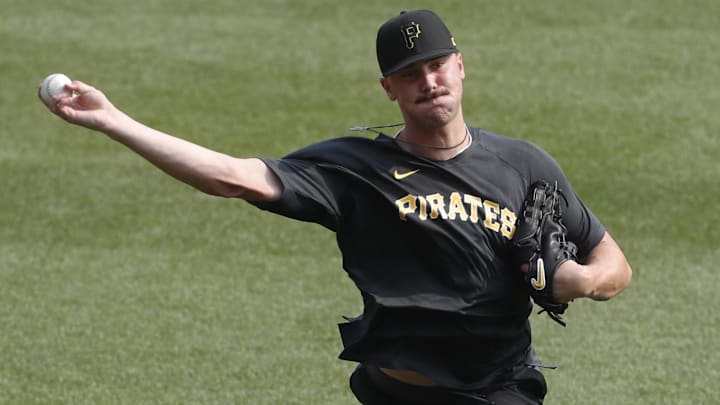Which top Pittsburgh Pirates prospects made their professional debuts in the 2023 minor league season?
The Pittsburgh Pirates saw a lot of top prospects play their first professional games. 2022 and 2023 draftees, along with some international signings from last off-season, have finally started to play against professional competition. Some had shorter-lived seasons than others, but so long as they didn’t play prior to 2023 and appeared in at least one game this year, they are on today’s list.
By top prospect, I only mean prospects who are on FanGraphs, MLB Pipeline, or Baseball America’s top Pirates list. There are a lot of prospects from the 2023 draft who made their debuts, but as of right now, I only want to focus on the ones evaluators are the most bullish on. If we went into detail with every single 2022 and 2023 draft pick, and all international signings the Pirates made last off-season who made their pro debut last season, we would be here forever.
